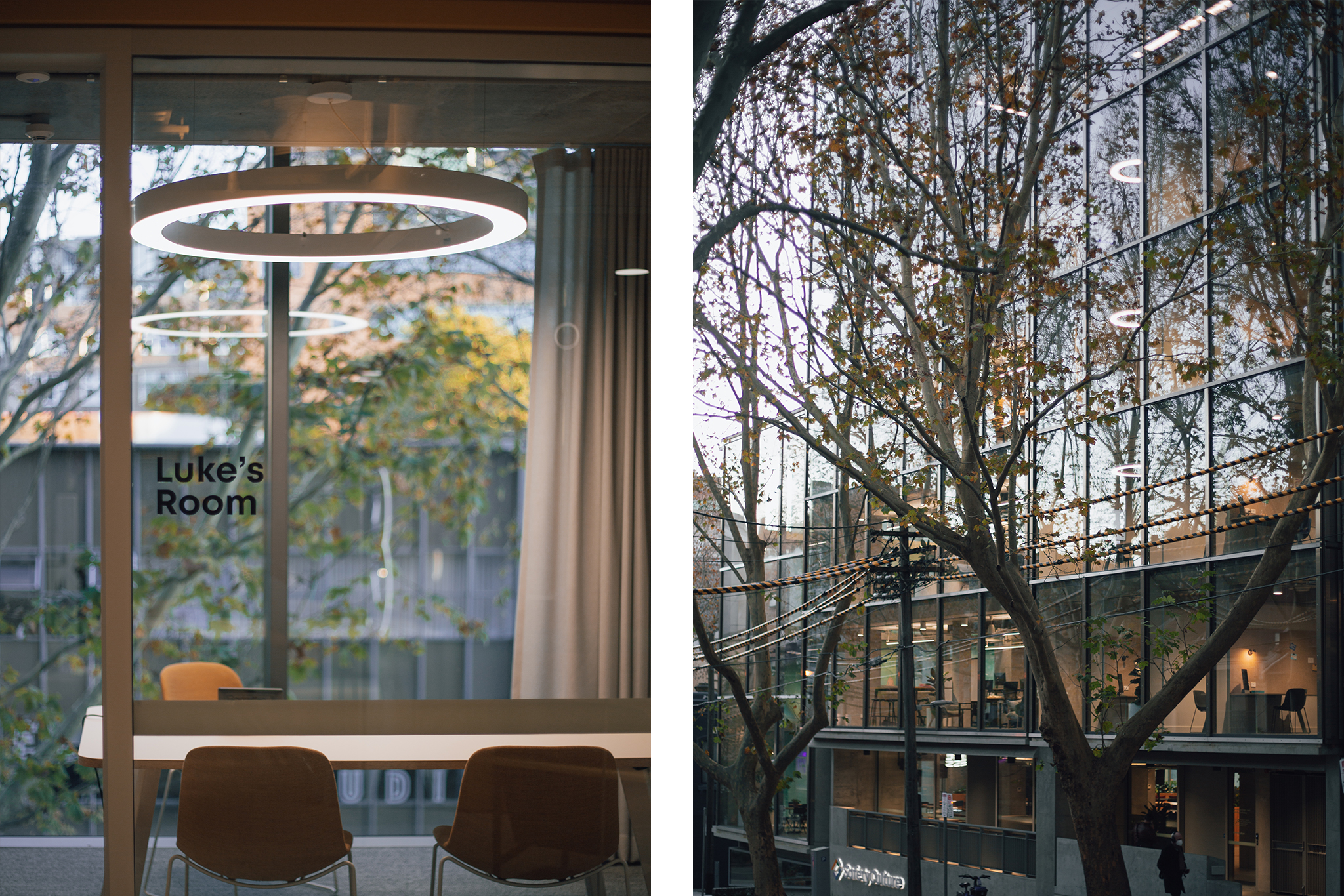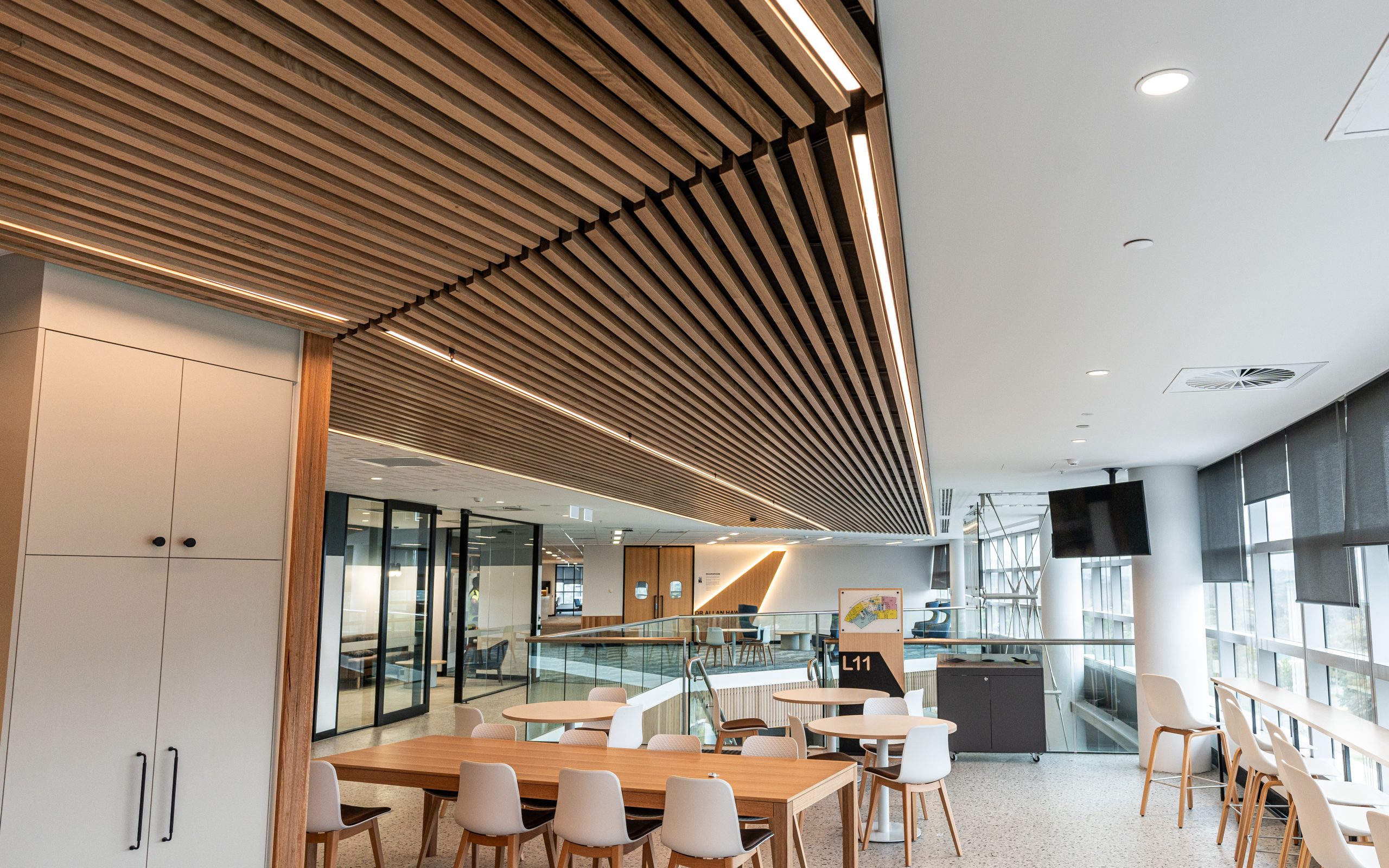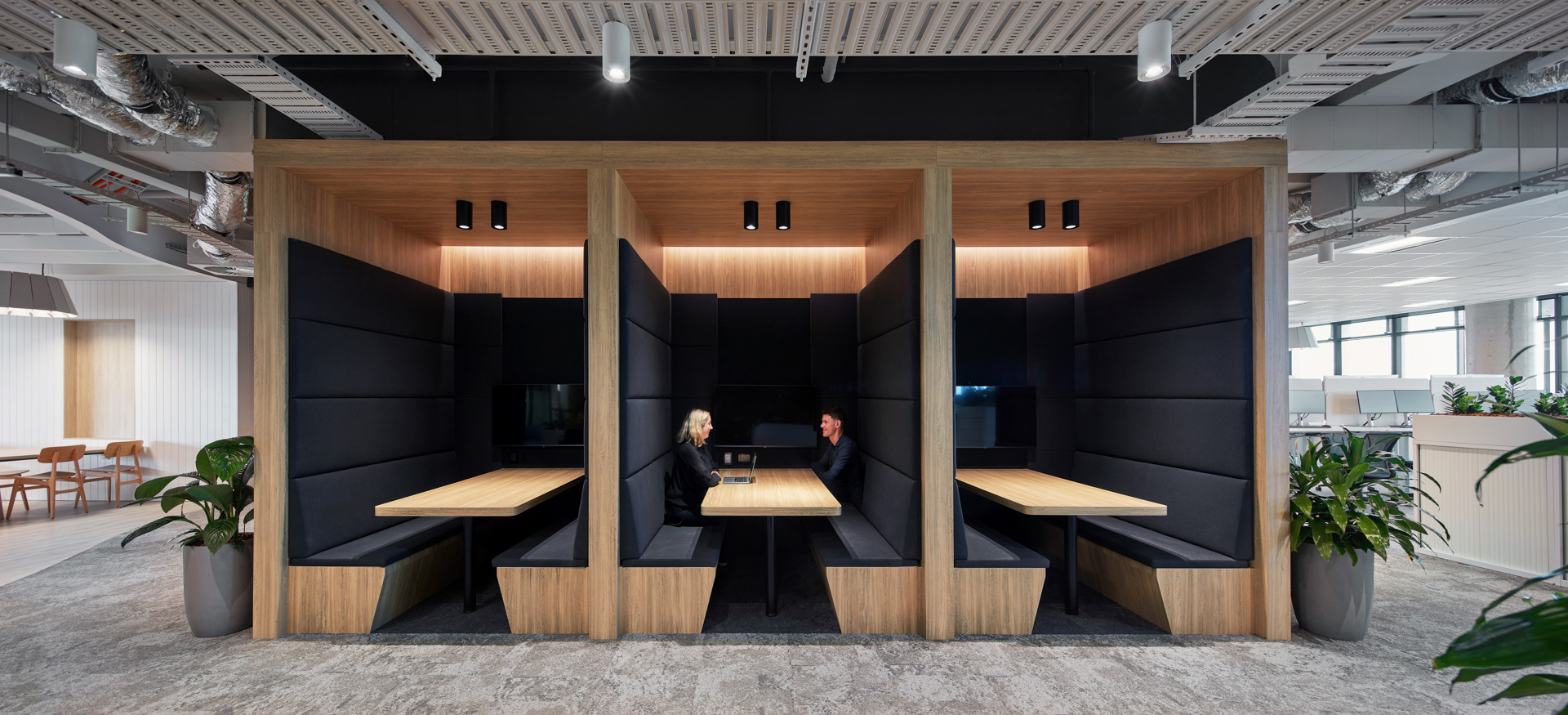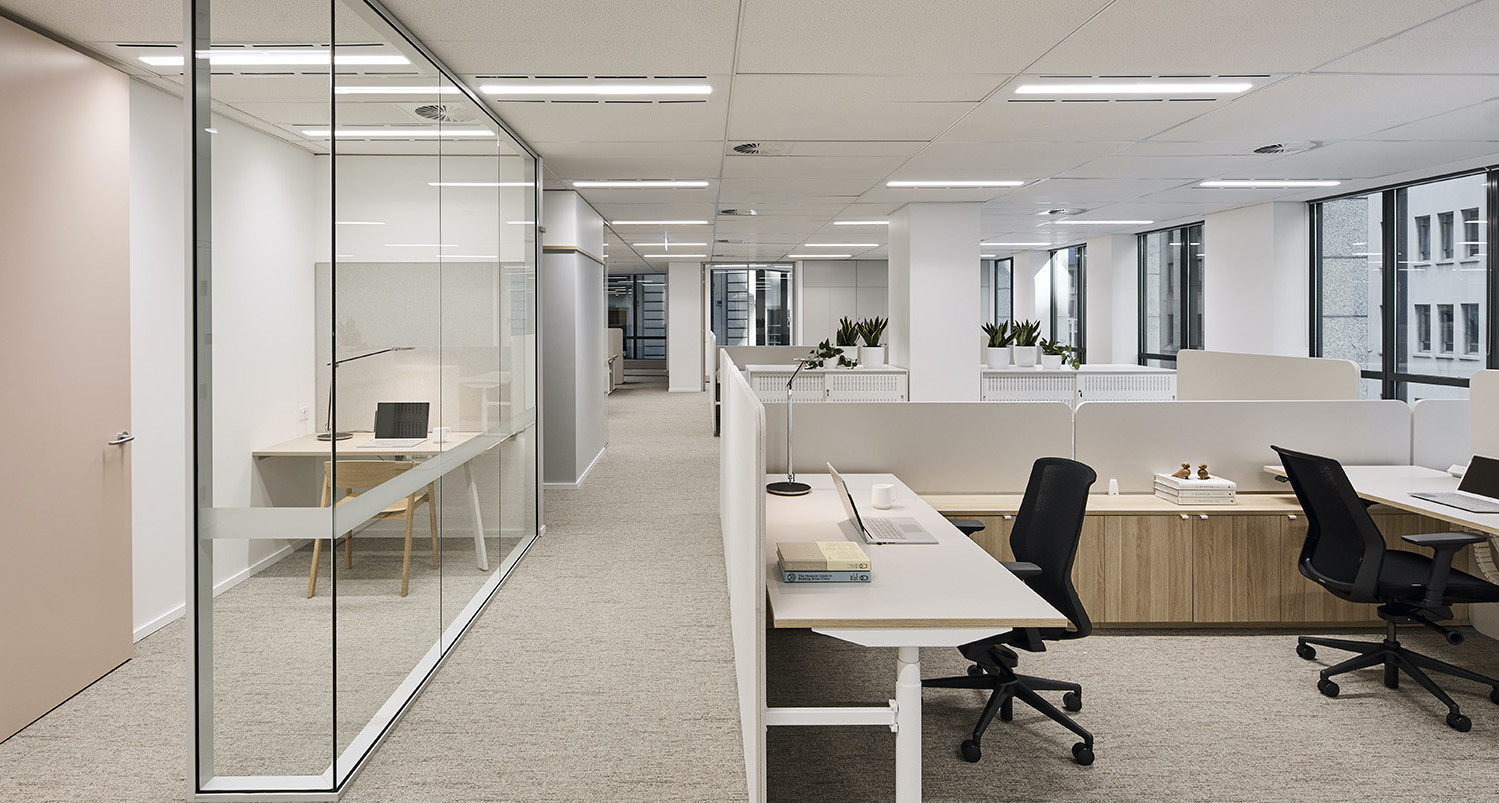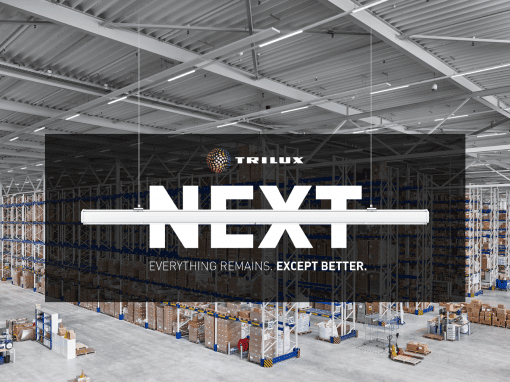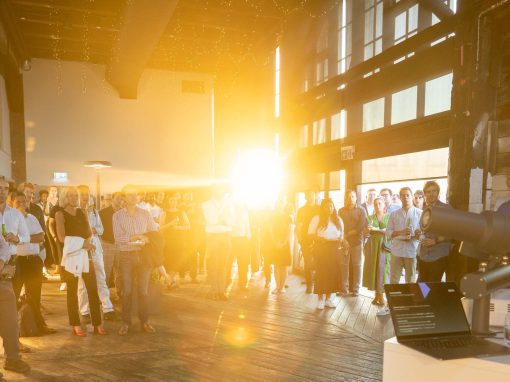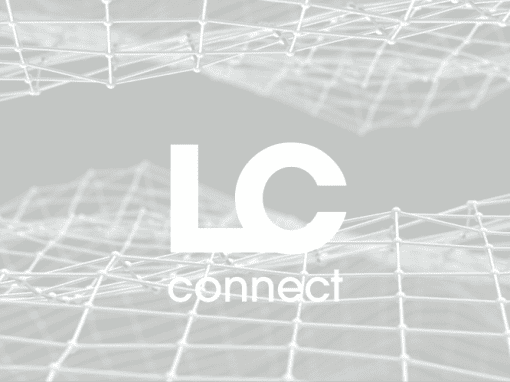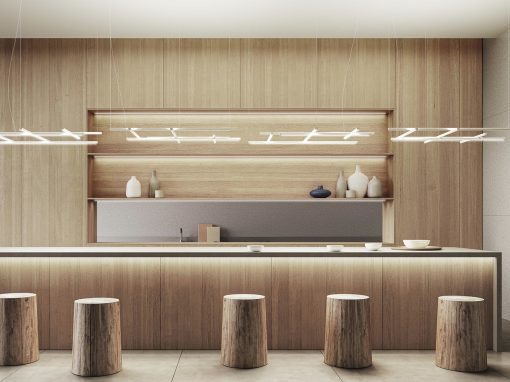WORKPLACE DYNAMICS IN FLUX:
The contemporary workplace is undergoing a transformative shift, and office lighting is at the forefront of this evolution. The conventional approach, dictated by established lighting standards, is giving way to a more dynamic and responsive paradigm. As offices strive to accommodate changing work patterns and individual preferences, the need for adaptive lighting solutions has become paramount.
STRIKING A BALANCE:
While traditional lighting standards such as AS/NZS 1680.2.2 have provided a solid foundation, there is a growing recognition that the one-size-fits-all approach may not cater adequately to the diverse needs of a modern workforce. The challenge lies in striking a balance between compliance with essential criteria and embracing adaptability to meet the unique requirements of office occupants.
ENERGY EFFICIENCY REDEFINED:
Office lighting, as a major consumer of electrical energy, is witnessing a paradigm shift towards redefining energy efficiency. The aftermath of a global pandemic has accentuated the need for workspaces to be more resilient, agile, and energy-conscious. Lighting designs are now viewed not only through the lens of compliance but also as strategic tools for minimising energy consumption and reducing carbon footprints.
PERSONALISED CONTROLS FOR ENHANCED WELL-BEING:
The advent of advanced lighting systems heralds a new era where occupants have greater control over their immediate environment. Personalised occupancy controls empower users to customise their lighting settings, aligning with individual workstyles and comfort preferences. This not only fosters inclusivity but also contributes significantly to energy savings, cost reduction, and heightened occupant satisfaction.
THE LATEST TECHNOLOGIES:
Incorporating the latest technological advancements, modern lighting systems enable users to fine-tune their surroundings with unprecedented ease. From dimming options to colour tuning, and even the ability to monitor and control environmental parameters through mobile devices with technologies such as WTEC, these features have a profound impact on the psychological well-being of occupants. The workspace becomes not just a functional environment but a dynamic and uplifting space.
CIRCADIAN LIGHTING FOR HOLISTIC WELLNESS:
Recognising the intricate connection between light and human well-being, circadian lighting systems have emerged as a cornerstone for creating a holistic workplace environment. These systems, with tunable white light mimicking the natural progression of daylight, contribute to a balanced and adaptive lighting experience. Innovative luminaires, equipped with sensors monitoring particles and CO2 levels, further enhance the workplace by promoting wayfinding and ensuring energy efficiency.
THE WELL BUILDING STANDARD:
The WELL Building Standard stands as a beacon for a comprehensive approach to building performance, going beyond mere architectural considerations. In the realm of lighting, WELL sets the bar high by addressing flexibility, automation, personalisation, glare control, visual comfort, daylight inclusivity, surface reflectances, and the quality and colour of light. The introduction of the equivalent melanopic lux (EML) metric signifies a pivotal shift, acknowledging the profound impact of light on the biological aspects of human beings.
A SYNERGETIC WORKPLACE:
As the workplace landscape continues to evolve, the call for a healthier, smarter, and more inclusive workspace echoes louder than ever. It is time to embrace lighting solutions that not only meet the functional demands of visual tasks but also resonate with the overall well-being, productivity, and satisfaction of office occupants. The journey ahead promises a synergistic workspace, where lighting adapts seamlessly, energises creativity, and inspires a thriving work culture. The future of office lighting is unfolding with limitless possibilities, ready to illuminate a brighter, more connected work environment.
